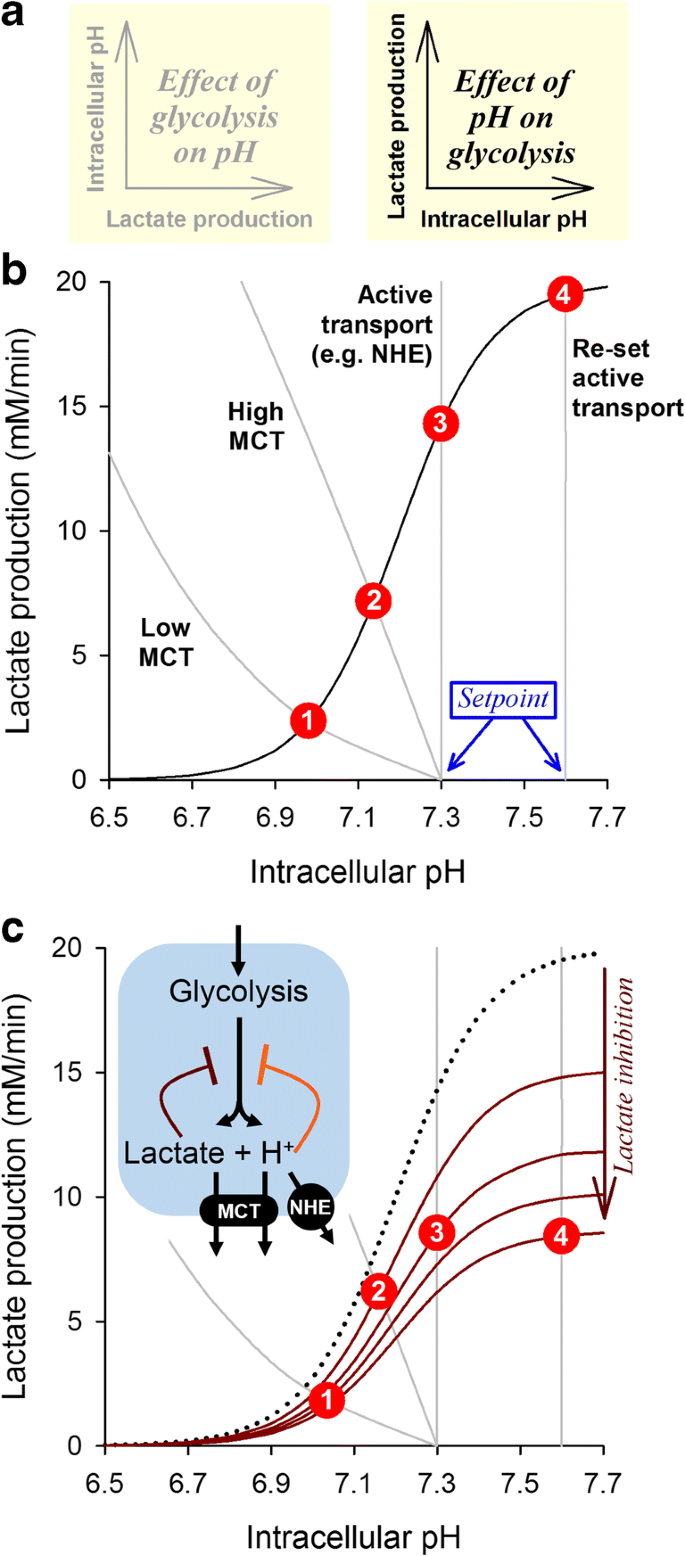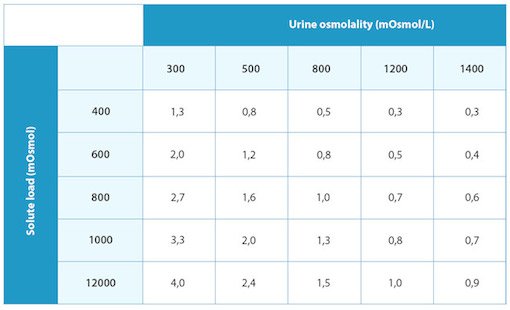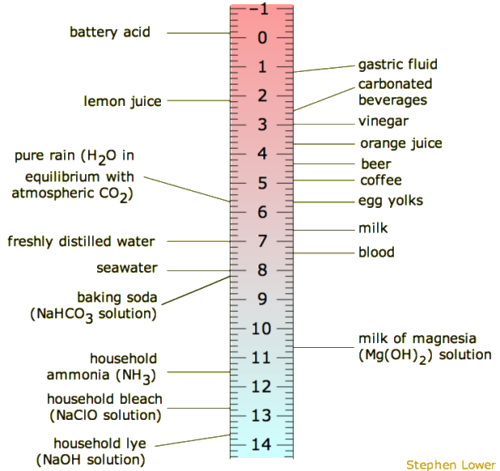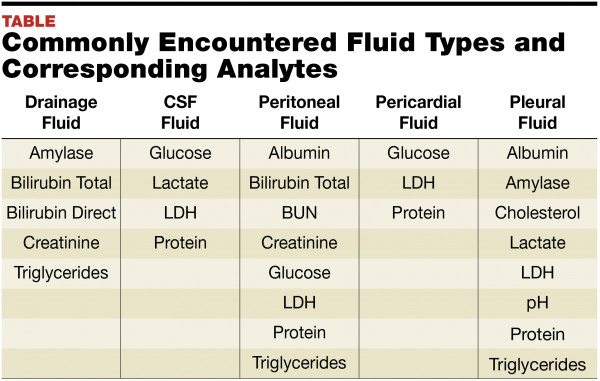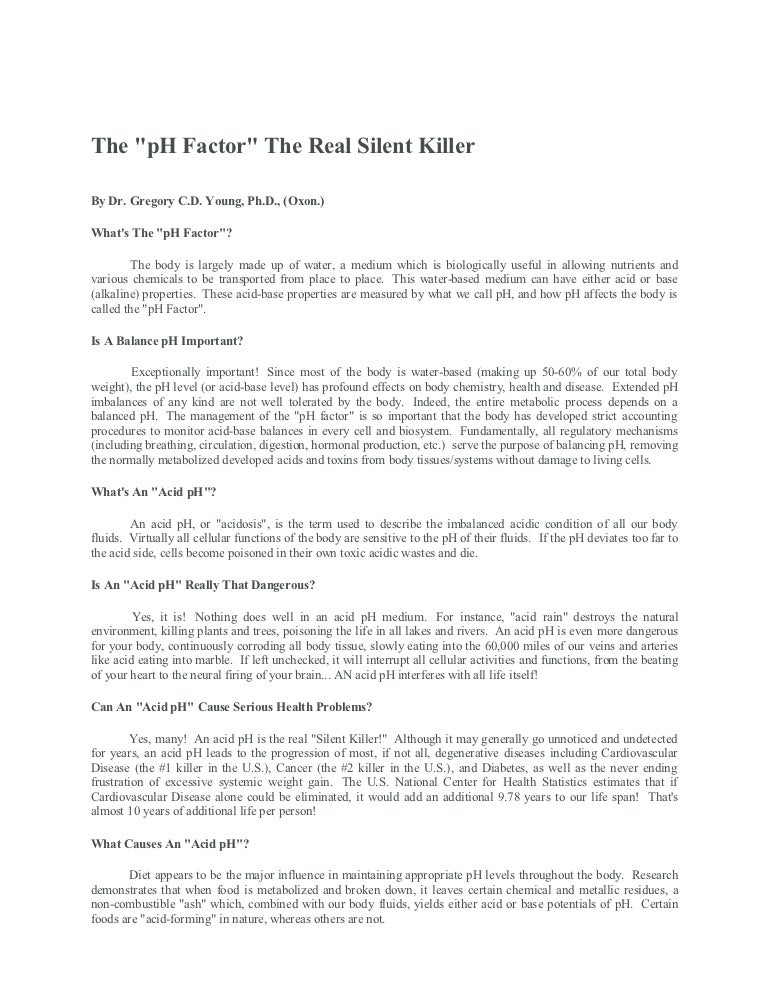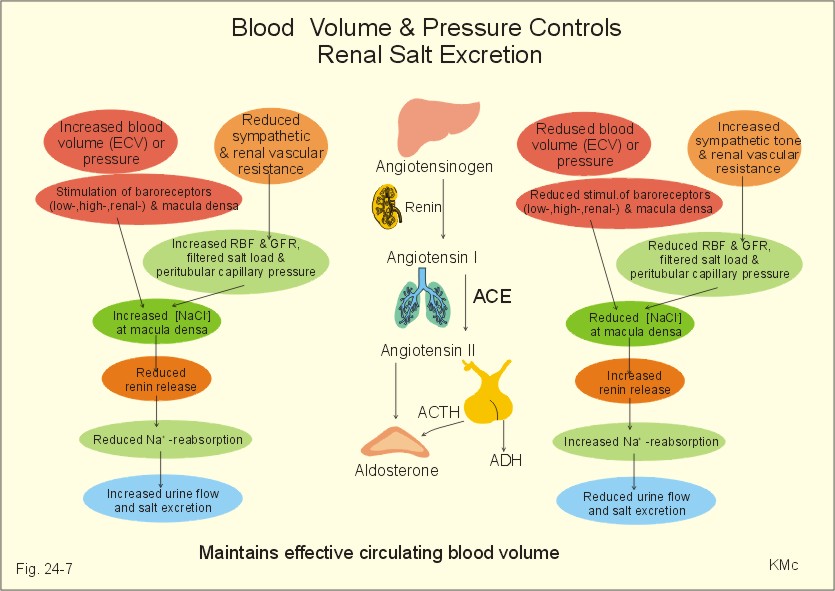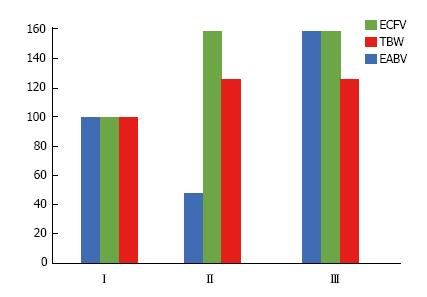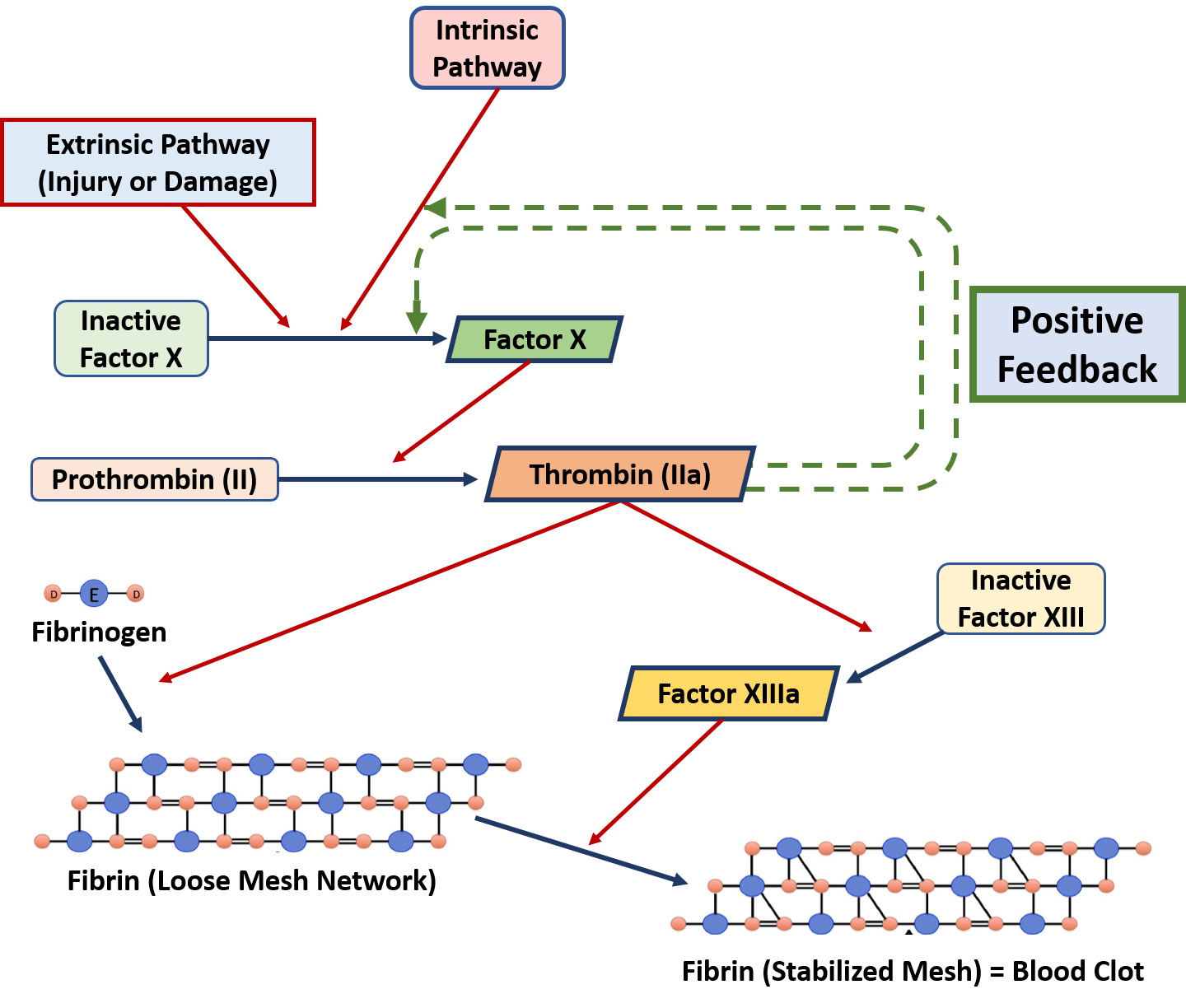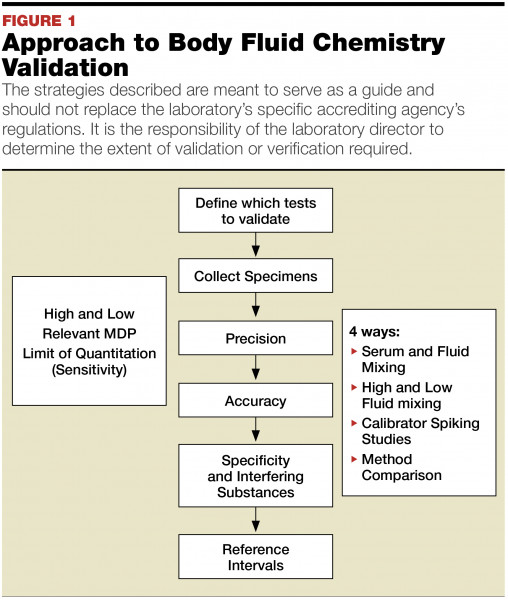The volume of ecf is typically 15l of which 12l is interstitial fluid and 3l is plasma. The ph of extracellular fluid is tightly regulated by buffers and maintained around 74.

Body Fluids Boundless Anatomy And Physiology
Influences the ph measurement of body fluids. Anything above this range is considered alkaline while scores below the range indicate acidity. A ph sensor upstream of the membrane can provide a feedback signal to control dosing of acidic or basic reagent to maintain the ph within acceptable limits. The acceptable range for your ph is between 71 and 75 according to alkalize for health. This highly acidic fluid breaks down food and allows digestion to continue. A low pleural fluid ph implies a high metabolic activity in the pleural space. Although the ph of blood ranges from 735 745 the ph of other body fluids is different.
In all but four of these 39 pleural fluid ph was 74 and ranged from 740 to 758 median 749. This happens because you also lose some blood electrolytes salts and minerals with water loss. Ph indicates the level of h ions where low ph indicates too many h ions and high ph indicates too many. Saliva blood and spinal fluid all have a ph of about 74. Pleural fluid ph is decreased by exposure to acidic fluids such as retention of local anesthetic or heparin in the syringe or sampling following infiltration of local anesthetic. The ecf contains extracellular matrices ecms that act as fluids of suspension for cells and molecules inside the ecf.
Losing too much water from your body can increase blood ph. Proton pumps that regulate the hydrogen ions in the stomach keep the ph between 15 and 35. By jonathan croswell like foods and fluids your own body has a ph level and its actually rather specific. This near neutral level prevents tissue damage that may be caused by levels at either end of the ph scale. Light et al measured pleural fluid ph in 178 patients including 39 with heart failure. These include sodium and potassium.
Some types of ro membranes are sensitive to feed water ph and can become damaged if the ph is outside the recommended range of 5 to 8 ph. Measurement of pleural fluid ph is advocated in the literature and in management guidelines from professional societies including the american and british thoracic societies 3 811 as part of first line pleural fluid analysis. Highest pleural fluid ph is seen in transudative effusions resulting from heart failure.
